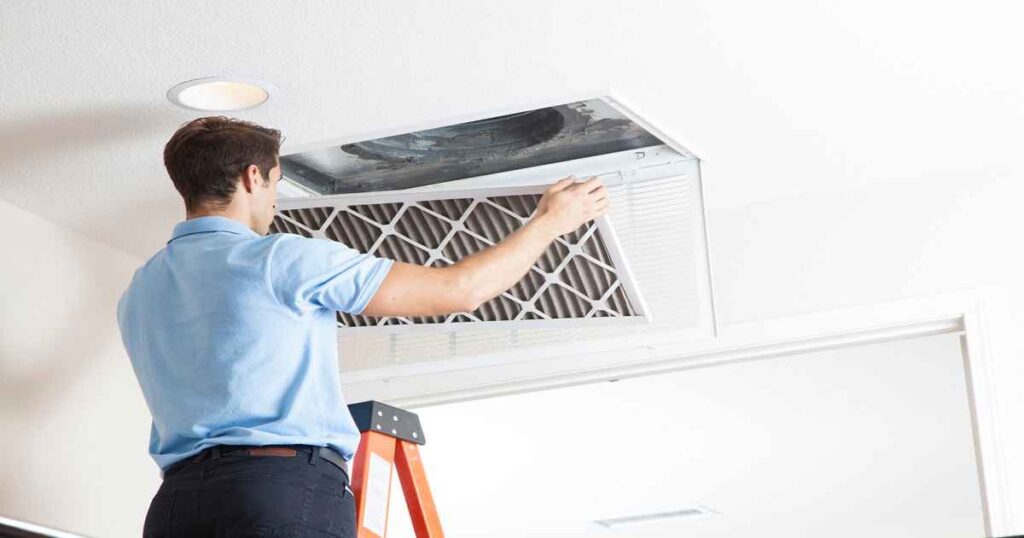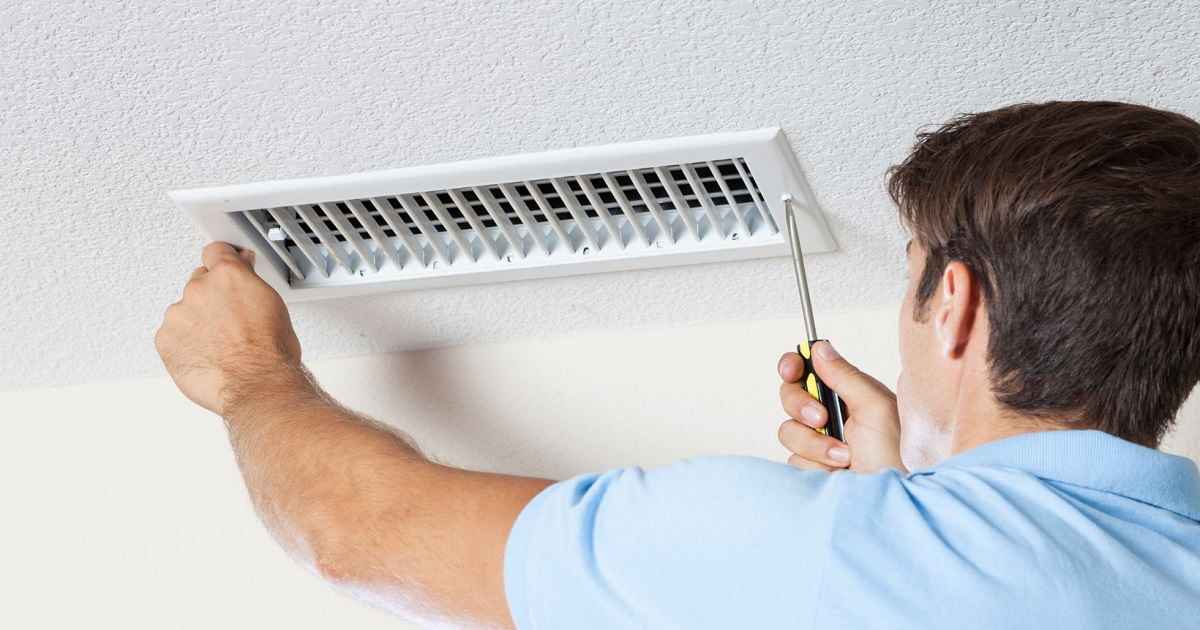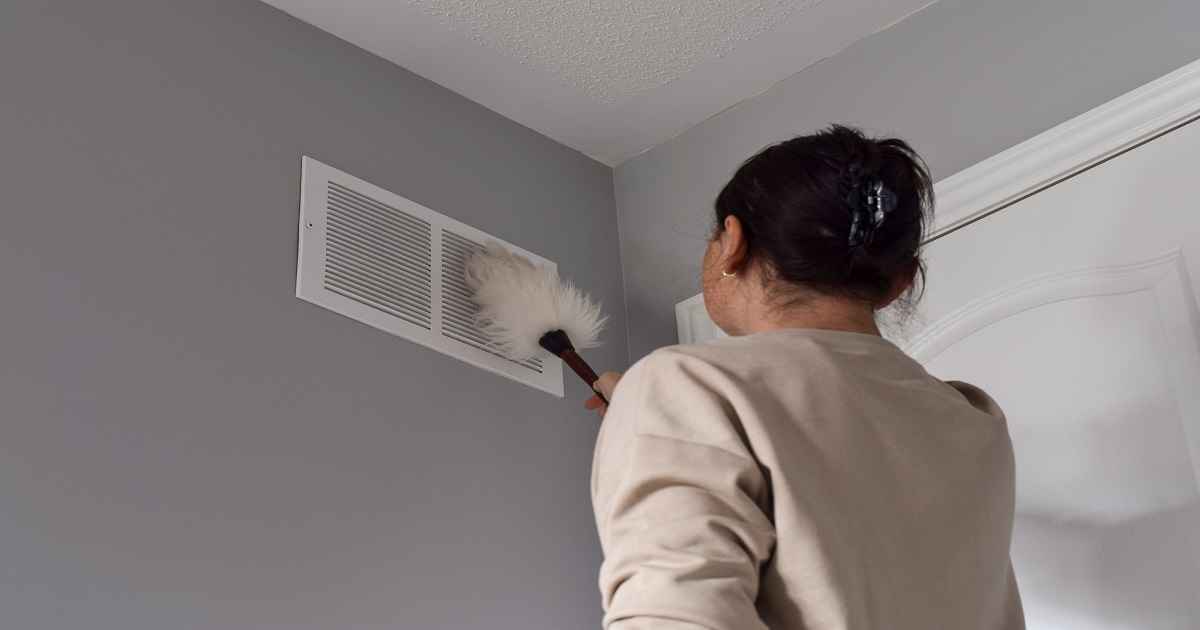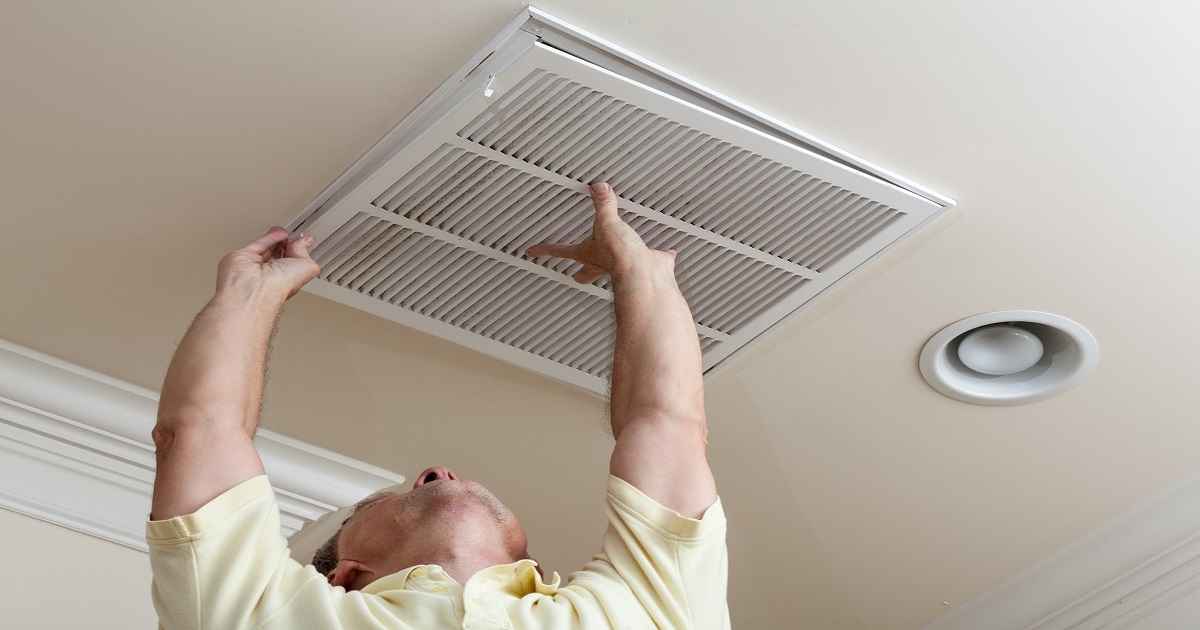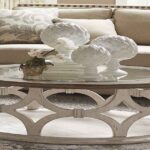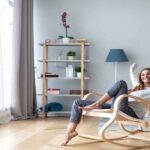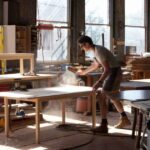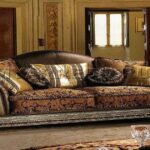Table of Contents
ToggleIs It Bad To Cover A Vent With Furniture
Furniture Over Vents: A Comprehensive Guide
When optimizing living spaces for both functionality and style, homeowners and interior designers often face the dilemma of placing furniture over air vents. The decision can have significant implications for a home’s heating, ventilation, and air conditioning (HVAC) system’s performance, energy efficiency, and the overall comfort of the living environment. This guide dives into the complexities of this common household issue, offering insights and solutions for those wrestling with the decision.
The Function of Air Vents in Home Comfort
Air vents play a pivotal role in maintaining the comfort and air quality of your home. They facilitate the distribution of conditioned air, whether heated or cooled, ensuring that every room maintains a consistent temperature. Additionally, vents are crucial for circulating fresh air, removing stale air, and controlling humidity levels, which are essential for a healthy living environment.
The Impact of Obstructing Air Vents with Furniture
Placing furniture over vents can lead to a range of issues, from minor inconveniences to significant challenges affecting the health and safety of your home environment.
Compromised HVAC Performance
When vents are blocked, the HVAC system must work harder to circulate air throughout the home. This not only strains the system, leading to potential breakdowns and decreased lifespan, but also results in higher energy consumption and costs.
Inconsistent Temperatures
Obstructed airflow can create uneven temperatures throughout the home, with some areas becoming too hot or too cold. This lack of balance makes it difficult to maintain a comfortable living space and can strain the HVAC system further.
Humidity Problems and Mold Risk
Adequate ventilation helps manage humidity levels within the home. Blocked vents can lead to increased humidity in certain areas, fostering the growth of mold and mildew. These can cause health issues and damage to the home’s structure and furnishings.
Deterioration of Air Quality
Vents also play a role in filtering and circulating air, helping to remove dust, allergens, and other pollutants. Covered vents can lead to a buildup of these particles, diminishing indoor air quality and potentially leading to health problems for residents.
Strategies for Balancing Furniture Placement and Ventilation
While the challenges are significant, there are several strategies homeowners can employ to ensure their furniture placement doesn’t adversely affect their home’s ventilation and comfort.
Strategic Use of Vent Deflectors
One simple solution is the use of vent deflectors, which can redirect airflow from under furniture and into the room. This can mitigate some of the negative effects of blocked vents, although it’s not always a perfect solution.
Selecting Furniture Wisely
Choosing furniture that allows for better airflow—such as pieces with higher legs or open designs—can help prevent blockages. This is particularly important for larger items placed directly over or in front of vents.
Planning With Ventilation in Mind
When arranging or designing a room, consider the placement of vents and aim to keep them unobstructed. This might mean opting for different furniture arrangements or even selecting different pieces than originally planned.
Regular HVAC Maintenance
Ensuring your HVAC system is regularly maintained can help it better cope with any reduced airflow from furniture placement. This includes routine cleaning, filter changes, and professional inspections.
Ventilation Alternatives and Professional Advice
For those who cannot avoid placing furniture over vents, looking into alternative ventilation solutions or consulting with an HVAC professional can provide customized strategies to ensure adequate airflow and system efficiency.
Long-Term Solutions and Considerations
For homeowners facing persistent issues with furniture placement and vent obstruction, several long-term solutions can help resolve these challenges.
Redesigning Ventilation Systems
In some cases, redesigning the home’s ventilation system to move vents away from common furniture placement areas can be an effective solution. This may involve significant renovation but can provide a lasting resolution to airflow issues.
Advanced Air Circulation Solutions
Investing in advanced air circulation systems, such as ceiling fans or whole-home air purifiers, can also help maintain comfortable and healthy air quality, even with furniture placed over vents.
Educating All Home Occupants
Educating everyone in the household about the importance of maintaining clear vents can prevent unintentional blockages and ensure that furniture is moved or arranged with ventilation in mind.
Regular Review and Adjustment
As furniture is moved or new pieces are added to your home, regularly review and adjust the placement to ensure vents remain unobstructed. This ongoing vigilance can prevent many of the issues associated with blocked airflow.
Conclusion
The decision to place furniture over vents is not one to be taken lightly, given its potential impact on your home’s HVAC efficiency, comfort, and air quality. By understanding the risks and employing strategies to mitigate these effects, homeowners can enjoy a well-designed space without compromising their living environment.
Remember, the goal is to achieve a balance between aesthetic appeal and functional living. With careful planning, the right tools, and an awareness of the importance of ventilation, you can ensure that your furniture arrangement enhances rather than detracts from your home’s comfort and air quality. Whether through strategic furniture selection, the use of vent deflectors, or consulting with HVAC professionals, there are numerous ways to successfully navigate the challenges of covering vents with furniture.
